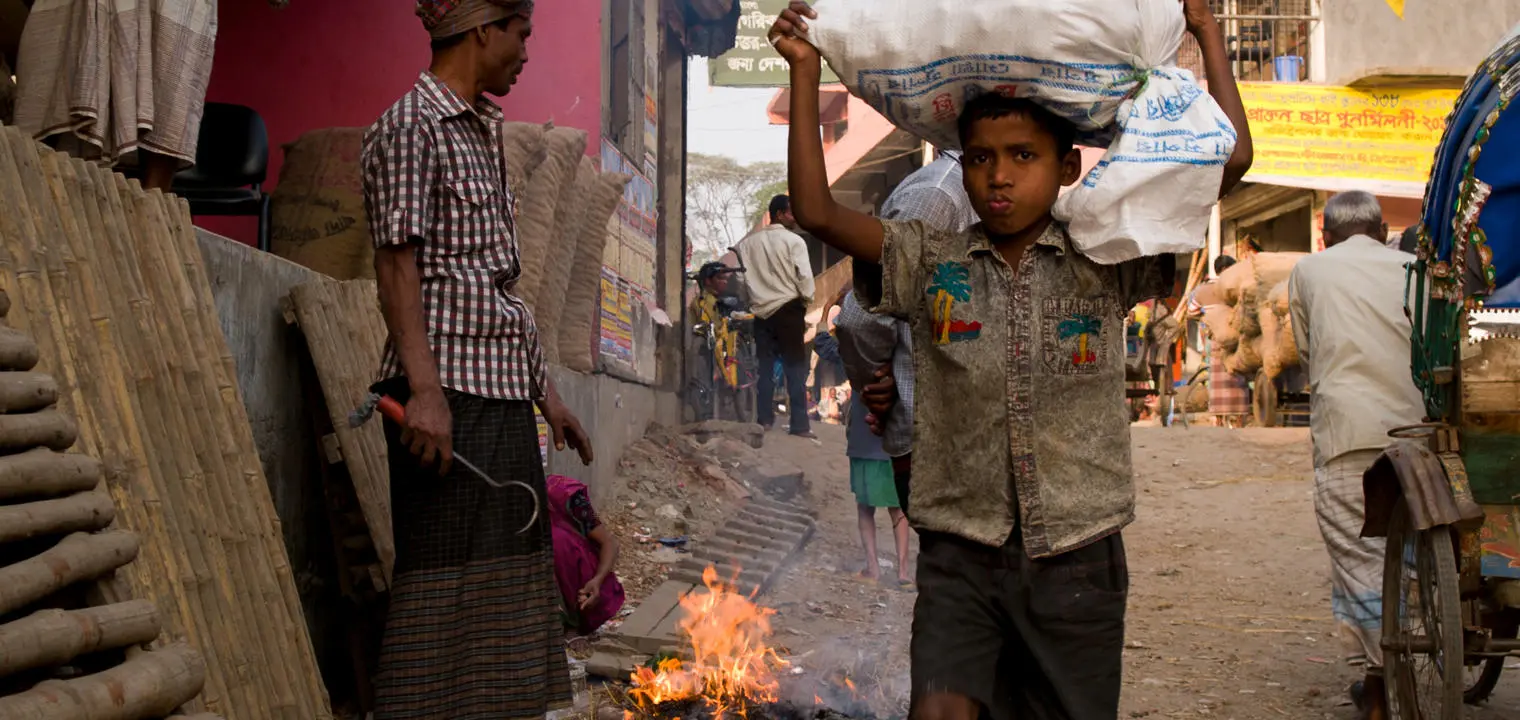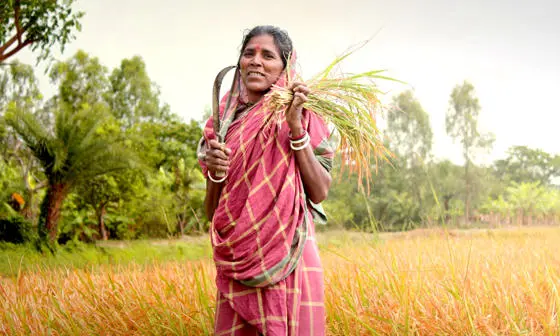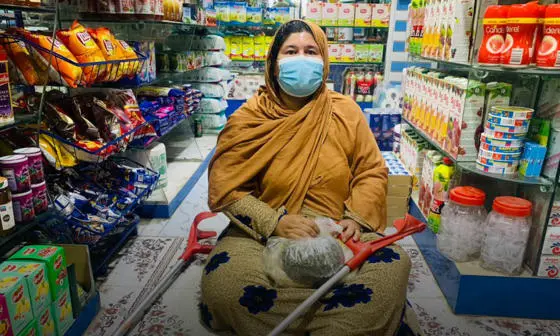Why do people stay poor?

Contents
Sustainable Development Goal One, which aims to eliminate extreme poverty by 2030, has pushed poverty reduction to the top of the development policy agenda. Despite the billions of dollars that have been spent over the last decades, however, poverty has proved remarkably persistent – even before the catastrophic impact of COVID-19.
There are two broad views as to the key factor that differentiates the poor and the non-poor, which have very different implications for optimum poverty policy. The first – the "equal opportunity" argument – is that the poor and non-poor have fundamentally different traits (eg, talent and motivation), and therefore that the poor choose different activities and occupations.
The second view, which we shall term the "poverty trap" argument, rejects the idea that there are intrinsic differences between the poor and the non-poor. Proponents of this view argue instead that there are poverty traps; those who start with a low amount of wealth (ie, are born poor) have different opportunities from those who start with a stock of wealth above some critical level. The poor, in other words, have no choice but to work in low productivity jobs; it is the possession of wealth that enables individuals to access different – and better – opportunities.
Unfortunately, distinguishing which mechanism is at work in causing persistent poverty has proved very difficult.
Adjudicating between these two positions is vital for the formulation of appropriate anti-poverty policies. If the poor receive a sudden wealth increase, the equal opportunities argument predicts that they will eventually return to the activities and wealth level implied by their intrinsic characteristics, and therefore will still need long-term consumption support. The poverty trap argument, on the other hand, suggests that if transfers are large enough to move individuals above the critical wealth threshold, then they will be able to access better opportunities and will shift permanently to a higher level of wealth. In the poverty trap view of the world, therefore, sustainable poverty reduction can be achieved through a well-designed programme of time-limited assistance.
Empirical evidence of poverty traps has proved elusive
Unfortunately, distinguishing which mechanism is at work in causing persistent poverty has proved very difficult. Empirical proof of a poverty trap requires an external shock that is just the right size. If the shock to assets/opportunities is too small to push recipients over the poverty trap threshold, then they will fail to escape from poverty (an outcome that is also consistent with the equal opportunity explanation). If the shock is too big, then all recipients move out of poverty simply due to the size of the transfer, which is also consistent with the equal opportunity explanation (at least in the medium term).
To find positive proof of a poverty trap it is necessary that the shock distributes recipients either side of the poverty trap threshold; in this case, if the poverty trap theory is correct, individuals just above the threshold will climb out of poverty, while those just below will regress. Historically, the problem has been that to find the threshold we need to know the correct size of transfer, and to know the correct size of transfer we need to find the threshold.
A new study offers – perhaps for the first time – convincing proof of poverty traps at the individual level
Academics at LSE have partnered with Brac to develop a strategy to identify the threshold. Their paper, Why do people stay poor?, evaluates Brac’s Targeting the Ultra-Poor (TUP) programme – a one-off transfer of assets and skills to the lowest wealth group – by surveying assets before the intervention and four years later.
The size of the transfer, which, as we have seen, has historically been difficult to calibrate, was chosen by Brac, who had in-depth knowledge of the area, as well as the assets and work patterns of the non-poor. The large sample size (approximately 23,000 households) allowed for a precise estimation of the final wealth level for each initial wealth level.
The programme evaluation, which took place four years after the original transfer, showed clear evidence of a poverty trap. Recipients whose total post-transfer wealth surpassed a certain level had been able to accumulate 14 per cent more assets, and were therefore on a path towards escaping poverty. Those that did not reach the threshold had lost, on average, 16 per cent of their asset value and therefore appeared to be on their way back to the low asset "equilibrium".
The critical threshold identified in the paper is comparatively high – around 550 USD (PPP) in a country where the median asset level of an ultra-poor household hovers around zero – but programmes of this type are still likely to be long-run cost effective in comparison to the cost of ongoing social assistance and consumption support.
Sustainable poverty reduction can be achieved through a well-designed programme of time-limited assistance.
Is it time to rethink poverty reduction programmes?
This study concludes that poverty traps do exist, and that a significant one-off transfer will, in some circumstances, enable individuals to sustainably lift themselves out of poverty through their own agency. This finding – that "big push policies" may be the key to sustainable poverty reduction – represents a significant breakthrough in the international development literature. It also suggests that international development policymakers, who still tend to favour small-scale loans and consumption support, may need to fundamentally rethink their understanding of the causes of, and solutions to, extreme poverty.
Katie Parry is a writer and Adjunct Lecturer in Public Policy at Harvard Kennedy School.
Image: suc/iStock.
Download a PDF version of this article






